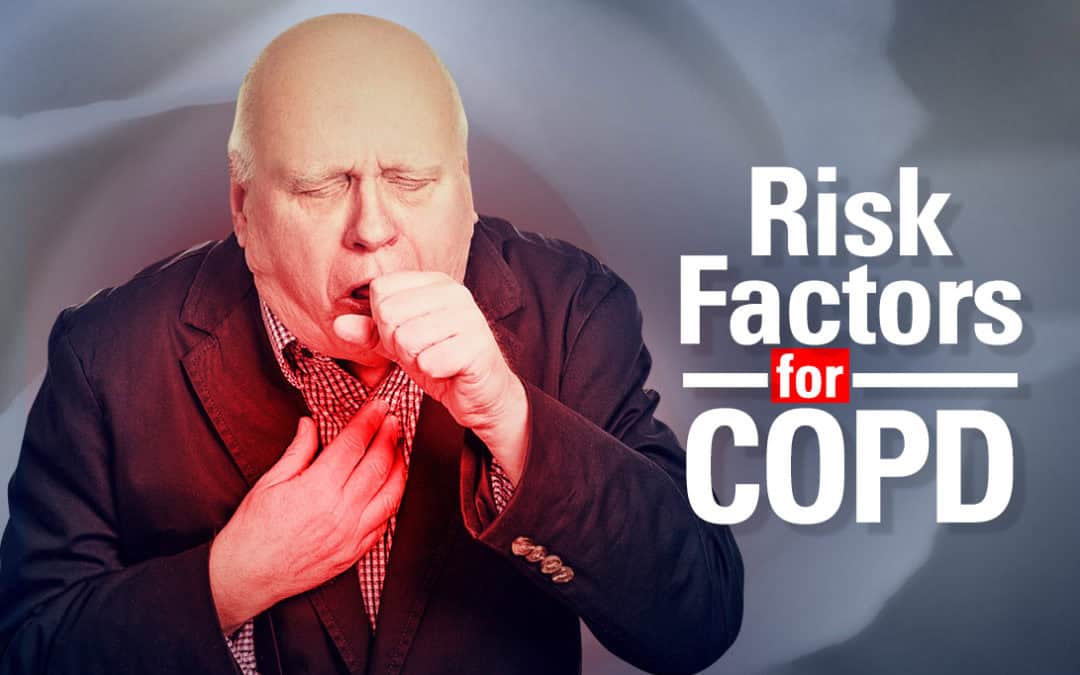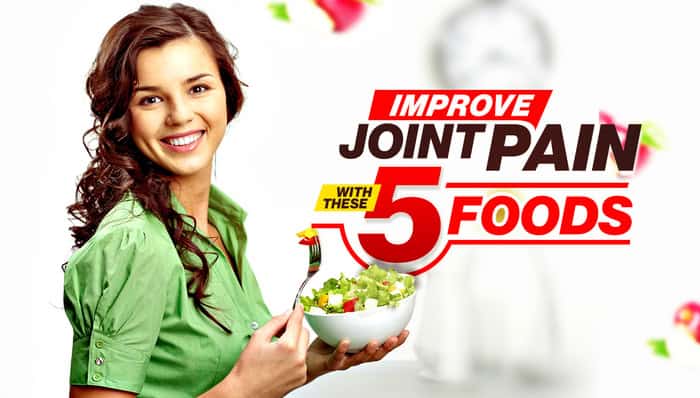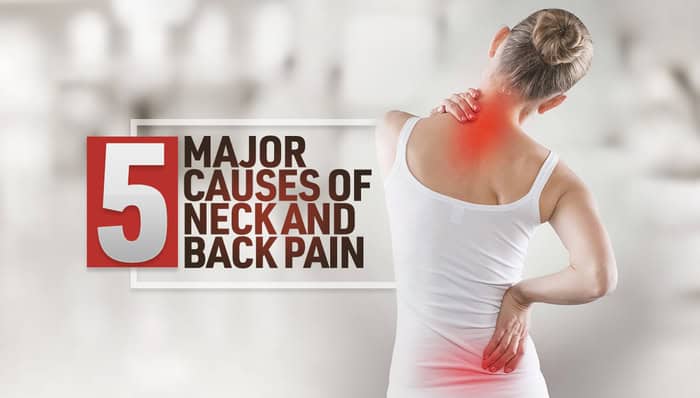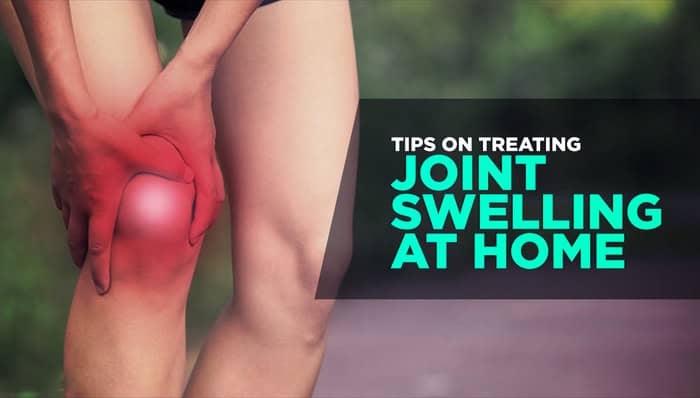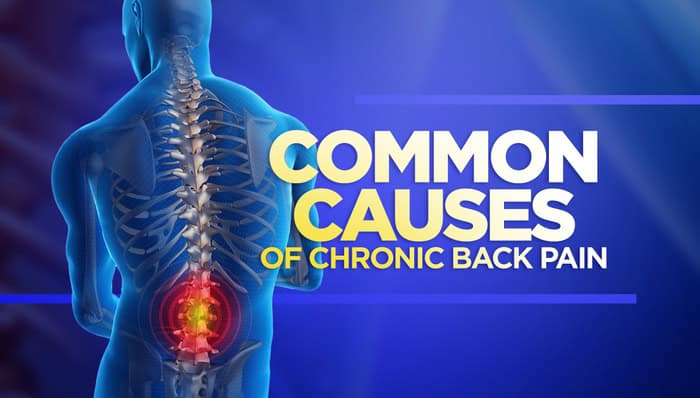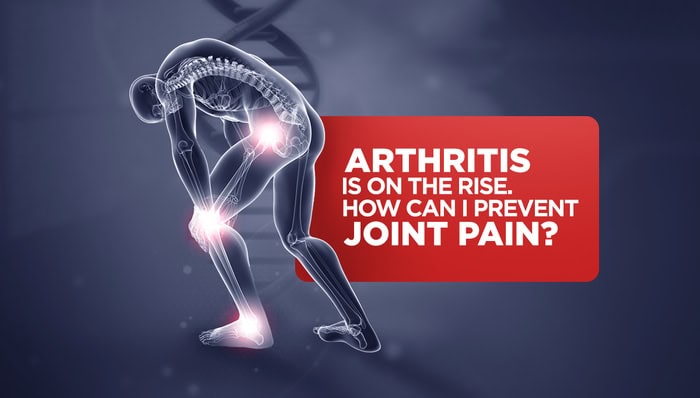Chronic Obstructive Pulmonary Disease (COPD) is a progressive lung disorder that makes it difficult to breathe. It is expected that deaths caused by COPD will increase and become the third leading cause of death globally by 2020.
COPD develops for years with minimal noticeable symptoms. Symptoms like shortness of breath, coughing frequently, and chest tightness may start to develop through the later stages of the disease.
Here are the 4 major risk factors of COPD:
- Smoking
Smoking is the major cause of COPD, including second-hand smoke or ‘passive smoking’. If you are a smoker with COPD as part of your family history, then you have a higher risk of getting the disease.
- Indoor Air Pollution
Exposure to air pollution at homes such as using biomass fuels for heating and cooking may add to the COPD problem. This is also common to homes that are poorly ventilated.
The World Health Organization (WHO) stated, “Almost 3 billion people worldwide use biomass and coal as their main source of energy for cooking, heating, and other household needs”. Indoor air pollution from burning wood or other biomass fuels is projected to kill two million women and children each year. (from WHO, 2017)
- Occupational Dusts and Outdoor Air Pollution
At least 15% of the American population may be affected by these irritants. These dusts and irritants may come from manufacturing companies, automobile and vehicular industries, rubber and metal products, grain dust, textile and leather manufacturing, and even food and beauty products.
- Genetics
Alpha-1 Antitrypsin Deficiency (AATD) is a common genetic risk factor for emphysema. Individuals with a deficiency of Alpha-1 Antitrypsin protein in the blood may obtain COPD. The absence of this protein may start to harm the lungs and may progress to deterioration, based on the COPD Foundation.
It is recommended by the World Health Organization (WHO) that every person diagnosed with COPD must be tested for Alpha-1.
Children with weak immune system and with repeated lower respiratory infections are at high risk of developing COPD when they become adults.
The disease process of COPD is becoming more complex. Constant study and improvement must be done simultaneously for better understanding. COPD would soon transpire as the most important disease for doctors to manage worldwide.
At the Kennedy Health and Wellness Center, we work with patients with COPD help find a manageable way to live. If you have COPD or feel you may have COPD, call us to discuss potential management plans today.


